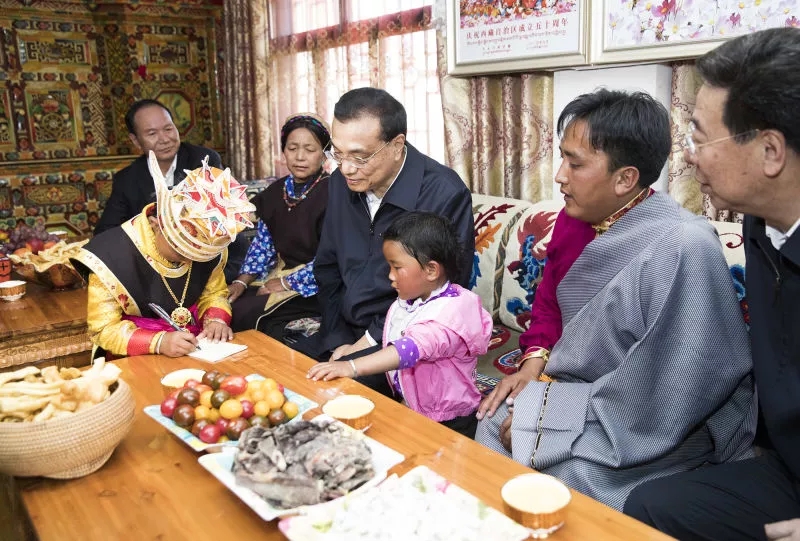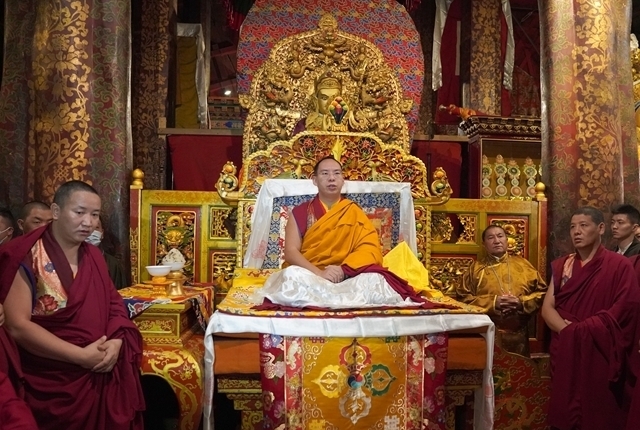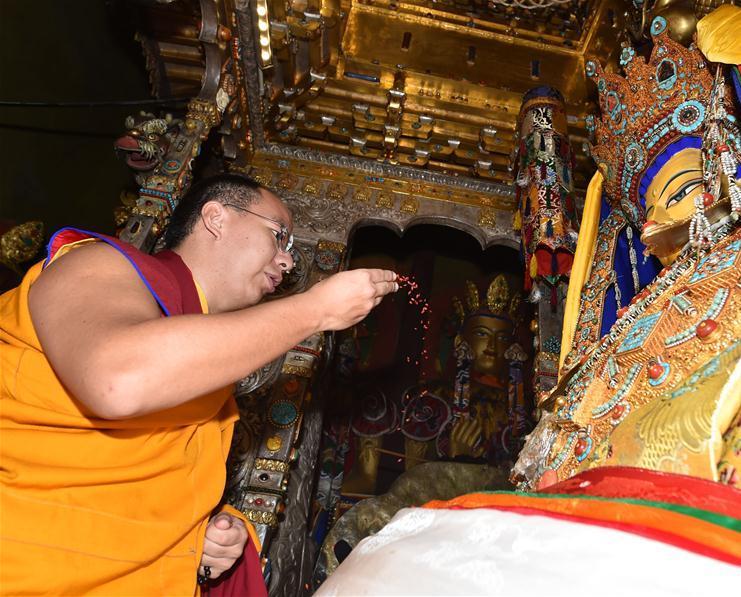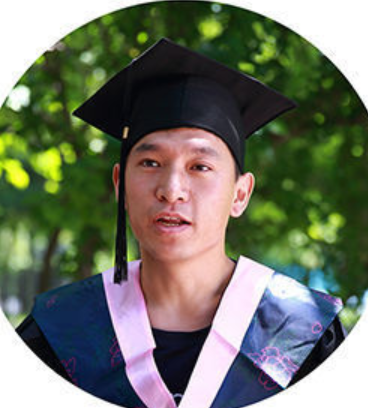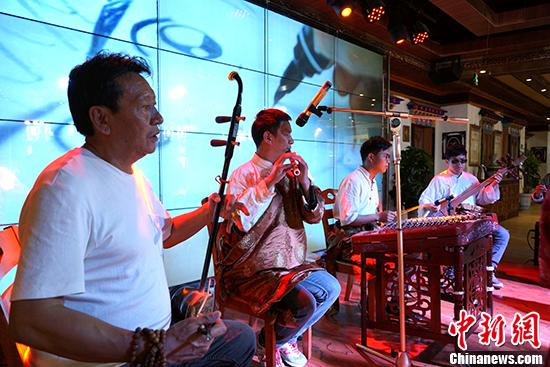Architectural culture of Daofu in SW China
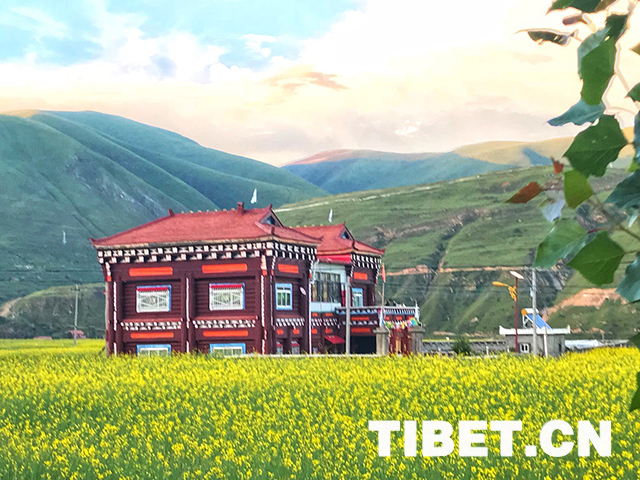
It's midsummer now, and is the peak season for traveling along the Sichuan-Tibet route.
If you set off from Chengdu, capital city of southwest China's Sichuan province, via the Garze Tibetan Autonomous Prefecture to go to Tibet, you may either choose to head southward or northward. But if you want to go from Kangding heading northward to Luhuo, Seda, Jinchuan, Dege, Rangtang counties, and eventually cross the Jinsha River into Chamdo in Tibet, Daofu will stand in the way.
Daofu County, known as "the Township of Tibetan dwellings", is located on the Xianshuihe River, and the Xianshuihe River Seismic Fault Zone is an area where earthquake often hit in the west part of Sichuan Province.
Daofu dwellings are rich in colors outside and the use of wood and stone prevents its design from being outdated.
Daofu dwellings are also famous for their practical anti-seismic effect.
Locals told reporters that in the 1980s, there had been a destructive earthquake which produced a large number of casualties and property losses in Daofu and Luhuo, with many houses collapsed.
Later, the local people improved the traditional architecture, creating a very distinctive building called Bengke. This kind of building uses stout round wood as large pillars, then the top beam was placed on the pillar to ensure the high degree of stability of the basic framework, and then the wood interspersed into the framework, which constitute the house.
Locals say collapse caused by quake has been rare since this kind of building was widespread.
Daofu building is a typical example of the integration of Han and Tibetan culture, and the influence of inland China culture on local architecture is also reflected in many details.
The 86-Year-old Yu Shiming is a resident of Daofu. Born in Chengdu, he later went to work in Daofu and married a Tibetan girl, thus rooting in the local.
The structure of the building in Yu's home is completely the Bengke-style.
He told reporters that the pure Bengke-style building is very safe, even if the earthquake makes the house collapse, this kind of building will still form a stable triangular structure, thus people are not easy to be buried.
The walls of the eight rooms of his home are all built in Bengke-style.
In addition to absorbing the advantages of local architecture, the largest feature of his buildings is that they also absorb the style of the courtyard style that is popular in inland China.
Yu Shiming thinks that the traditional Tibetan-style residential buildings, although reliable, but the house is too dark and lighting is not good. Thus, he opened a patio on the roof that allows natural lighting to be achieved almost year-round.
Traditional local Tibetan-style dwellings are sitting west to east, making natural warmth defective. Yu Shiming takes a compromise and makes his houses sit northwest to southeast, a combination of Han and Tibetan style.
Since 2014, Yu Shiming began operating house inn, and his home can receive up to 26 visitors.
"We want visitors to experience the true folklore, and we never raise the price even during holidays," he said.
Editor: Tommy Tan.
Your Comment
Name E-mail

